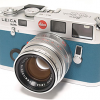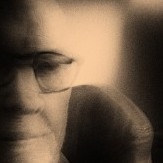A Ricoh GR II Thread
-
Recently Browsing 0 members
- No registered users viewing this page.
-
Similar Content
-
- 3,172 replies
- 122,047 views
-
- 1,262 replies
- 90,032 views
-
- 743 replies
- 75,120 views
-
- 7 replies
- 225 views
-
- 3,767 replies
- 261,871 views
-




Recommended Posts
Join the conversation
You can post now and register later. If you have an account, sign in now to post with your account.
Note: Your post will require moderator approval before it will be visible.